Scientist wine pioneer reveals Martinborough’s secrets
By Joelle Thomson – Wine writer
A horticultural soil map, Lower Hutt wine tasting group and dry German Riesling are the stuff of legend for this region’s earliest wine pioneers, one of whom revealed his trade secrets at a talk to a wine group in Martinborough earlier this year.
That person is Derek Milne, a retired soil scientist who spoke self-deprecatingly about his journey into wine in Martinborough at Cambridge Road Winery.
The talk was packed out by winemakers and viticulturists, all eager to learn more from the man whose wine journey began at a tasting group in a rented house in Lower Hutt with fellow scientist Dr Neil McCallum (founder of Dry River Wines) and a group including Danny Schuster, the first person to make a gold medal awarded Pinot Noir in the Canterbury region.
The group met regularly, tasting and drinking many of the great wines of the world which were more affordable then. These included Bordeaux reds and high quality European aromatic wines, such as Gewurztraminer and dry Riesling, which both Milne and McCallum had fallen for when in Europe.
The now legendary soil map was not drawn specifically for wine but its stony ground planted the seeds in Milne’s mind about this region’s potential suitability for viticulture and winemaking, due to his growing interest in wine. It also led him to compare sand, silt and clay soils and he explained that drier soils are generally more favourable for grape growing.
“You can control moisture in soils by adding water but usually you cannot remove water, so the key is to find less moisture retentive soils in the first place. The original map showed images of stony soils with barely any moisture retention potential in this area, but it also showed the dreaded Wharekaka soils, which are clay rich and dense.
“They are not well suited for grapevines, which behave like an out of control drunk with too much foliage, if grown in moisture retentive.”
Martinborough was also promising because of its dry climate with typically low annual rainfall.
“We are not the only suitable region for growing grapes, as we well know. The further south you go in New Zealand, the drier it tends to get and that is positive for grapes,” says Milne.
“Central Otago has longer days than us and the Scarborough Valley in North Canterbury looks very similar but possibly a little cold and Martinborough didn’t look better than Marlborough but if you were based in Wellington, you couldn’t start a part time business in Marlborough, so we came here to plant grapes.”
As to what those grapes would be, Martinborough’s typically dry climate looked analogous to Burgundy, so Pinot Noir and Chardonnay were top of the list, as was Riesling because the climate was also similar to parts of Germany.
Grape varieties in the early days included Gewurztraminer and Mendoza clone Chardonnay from Denis Irwin at Matawhero in Gisborne. Other early plantings included Riesling (Geisenheim clone 239) that Neil McCallum planted, which came from Te Kauwhata Research Station and there was also Malbec, Muller Thurgau, Cabernet Sauvignon and Shiraz (which was actually virused Durif).
Clive Paton had the prized Abel clone of Pinot Noir, which was also known as the gumboot clone, due to its dubious origins.
“A little later we sourced Pinot Noir 10/2 (virused) and 10/5 and Blauerburgunder from Canterbury courtesy of Danny Schuster while Sauvignon Blanc came from John Marris at Montana in Marlborough.”
“I wasn’t sad to see Cabernet Sauvignon go. It never really got ripe beyond 17 to 18 brix and it tasted like it but I wish we had made more Gewurztraminer in this region,” he noted.
“It is a swine of a grape. Sometimes it had no crop but it made good wine.”

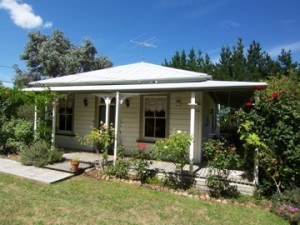
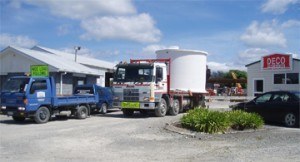



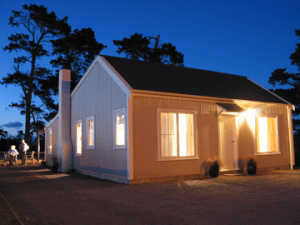
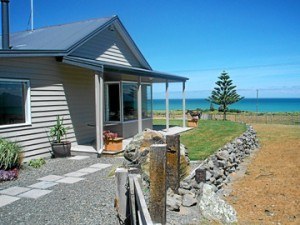


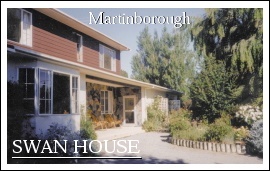


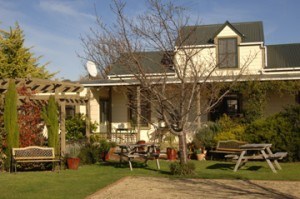
Recent Comments